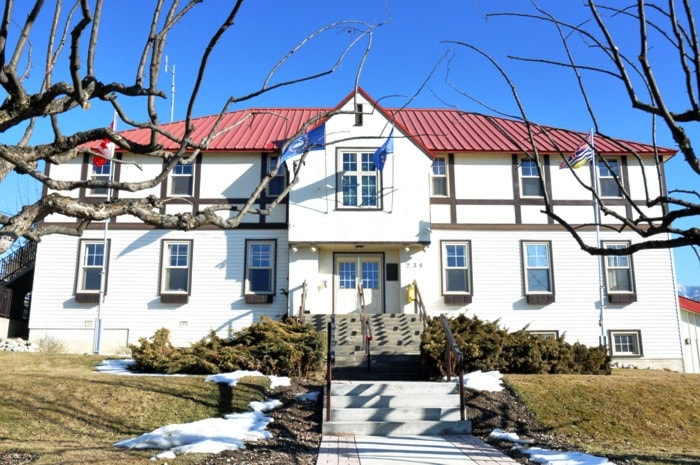Faced with the possibility of going it alone, the Town of Creston has received a report on its options for the operations of cemeteries, including the valley’s largest, Forest Lawn Cemetery.
Former Regional District of Central Kootenay treasurer Barry McLean reported to council on Nov. 13 that it has limited options and recommended that it try to negotiate a continued cost-sharing agreement with the RDCK. The RDCK notified the town earlier this year that it intends to pull out of the funding for Town of Creston cemetery operations in two years. In 2011 and 2012, the regional district provided $36,000 grants toward the operation of Forest Lawn.
Although the Town of Creston now operates and maintains Forest Lawn Cemetery (located in Erickson on town-owned property), it does so under the Regional District Cemetery Service. Under the agreement established in 1977, the town and areas A, B and C have contributed to its operation based on a tax of the participants’ property assessments. RDCK areas, however, are not obligated to contribute.
The cost-sharing agreement has been a bone of contention with Area B director John Kettle, who has argued that the use of the town’s unionized labour force makes maintenance costs too high.
In his report, McLean said that Creston cemetery fees are in line with smaller B.C. communities, but larger municipalities have introduced much higher rates and provide a great range of services. In general, he said, municipal cemeteries are subsidized by taxation and use their own staff and equipment to open and close gravesites. While some contract out operations, none of those he surveyed show a profit.
Although cremation has become increasingly popular, an average of 70 bodies a year are buried in Forest Lawn. There is no space available to the public in Creston’s Pioneer Cemetery. Some of the small, regional cemeteries are now charging higher fees for the interment of non-residents.
“For both the municipal and rural area residents the best alternative is to make the operation as efficient as possible and adjust the rates required to minimize the deficit,” McLean said in his conclusion.
“Engage the rural directors in a dialogue to come to mutually agreeable terms with regard to the continued funding of the cemetery,” is one of McLean’s four recommendations, which also include creating a cemetery development plan to address lowering maintenance costs and higher revenues and preparing a bylaw that allows for annual increases sufficient to cover any known cost increases.
